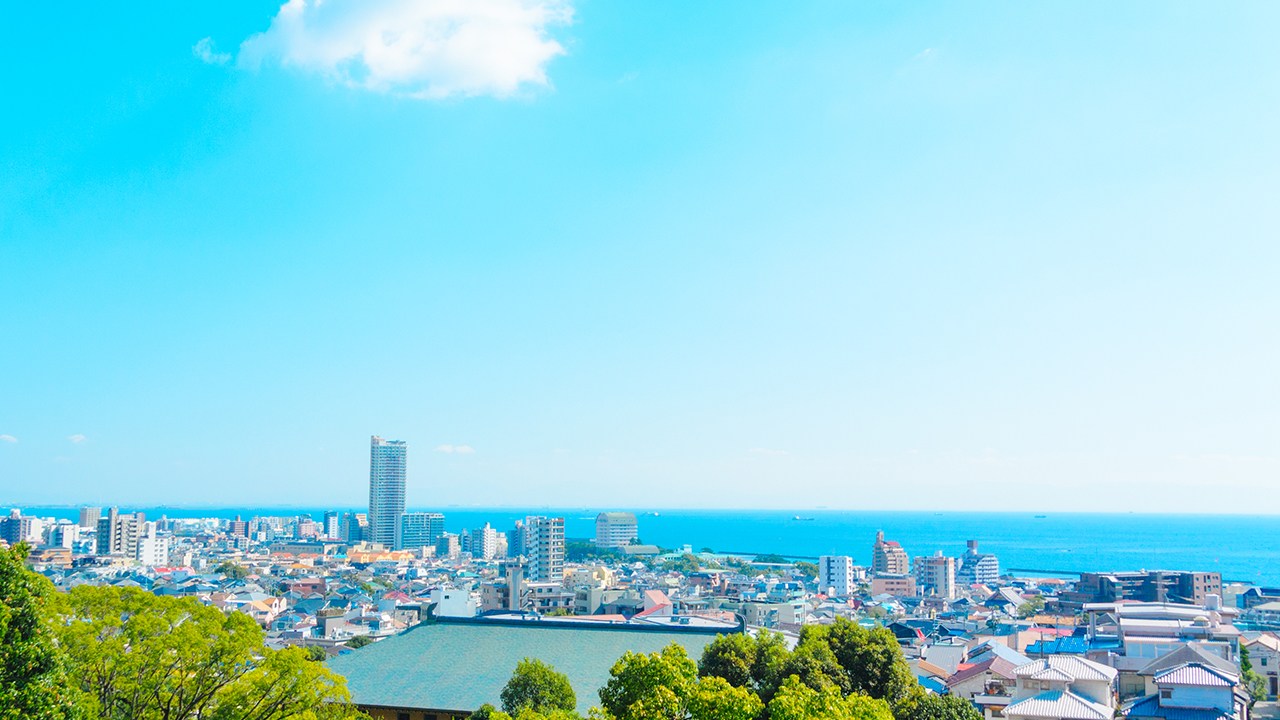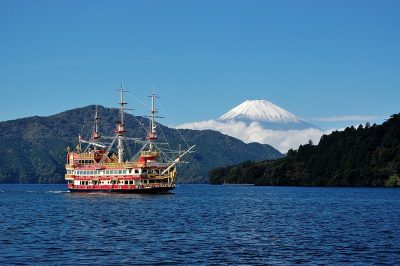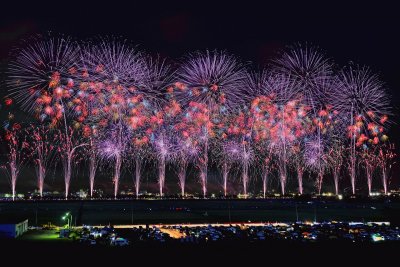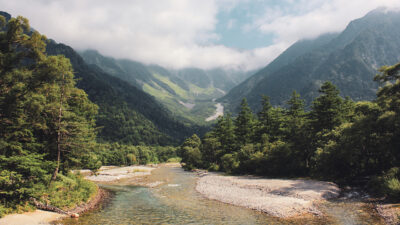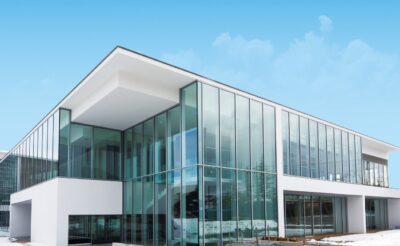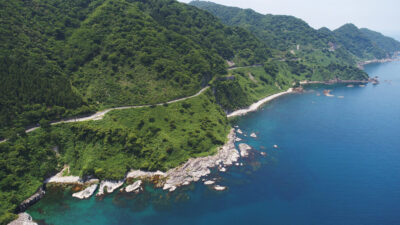I took a day trip to Kobe during my week-long Japan vacation. We took the direct JR line (around 50 minutes) from our Osaka accommodation to Kobe’s central station, Sannomiya Station. Wagyu immediately comes to mind when Kobe is mentioned, and the idea of vising a good wagyu restaurant and doing some leisurely sightseeing was so appealing!
Hiking Mount Maya in Kobe, Japan
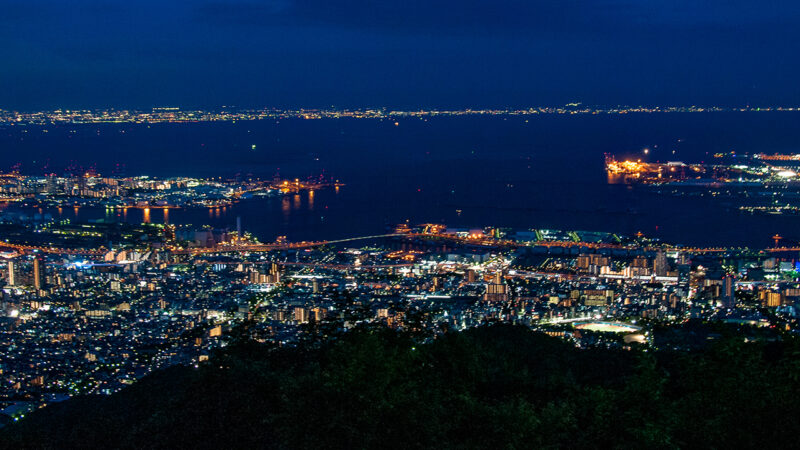
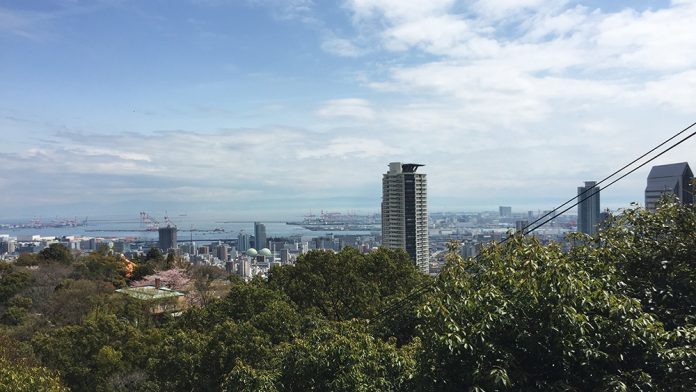
The area leading to Mt. Maya was covered in beautiful sakura trees in bloom along a river. There were also many sakura trees outside the Art Center of Kobe. Appreciative remarks about the sakura made by the hanami viewers could be heard as we enjoyed our walk toward Mt. Maya in Kobe.
After repeating kirei desu ne (綺麗ですね, it’s so beautiful) until we we nearly out of breath, the pair of us finally reached the bottom of Mt. Maya. This is one of the smaller peaks of the Mt. Rokko chain, and is highlighted for its scenic views and natural beauty! There were already a few hikers heading up the mountain before us.
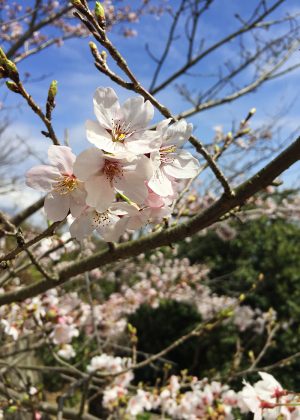
After repeating kirei desu ne (綺麗ですね, it’s so beautiful) until we nearly out of breath, the pair of us finally reached the bottom of Mt. Maya. This is one of the smaller peaks of the Mt. Rokko chain, and is highlighted for its scenic views and natural beauty! There were already a few hikers heading up the mountain before us.
When hiking anywhere in Japan, don’t forget to wear comfortable shoes! The bottom steps of the mountain were oddly shaped so it can be difficult to climb. The hike up to the waterfall was steep but I really enjoyed the serenity of the place. I highly recommend this for pairs, couples, and individuals who love nature.
The waterfall at Mt. Maya isn’t one of Japan’s tallest or most majestic, but still beautiful. Visitors and hikers alike were quietly talking amongst themselves, respecting the tranquil atmosphere of Mt. Maya’s trails.
A View of Kobe City from Mount Maya
We decided to climb a little higher towards the observation platform, which promised a skyline of Kobe City. Not only was the city view spectacular, but the platform was also surrounded by sakura trees! Luckily, only a few people were in this area when I visited, despite the breathtaking view. As a result, we could take our time and snap as many pictures as we liked.
Where to Eat Wagyu Beef in Kobe
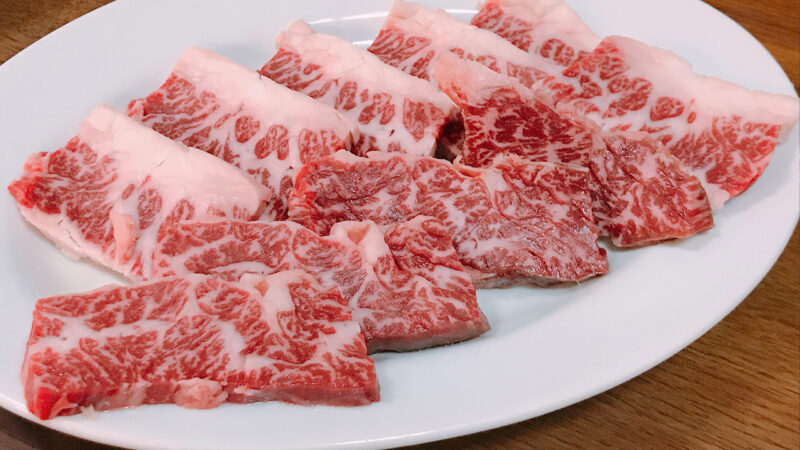
After a long hike, it was time for our lunch reservation at Wakkoqu, a restaurant famous for quality Tajima wagyu beef! You definitely have to make an early reservation either at their website or call them directly because they are very popular. They also have English-speaking staff and a website in English, so reservation is easy. They have two locations, so double-check that you have the right store.
We were ravenous for some yummy wagyu after our workout, so we ordered the Lunch Wakkoqu Course: 150g sirloin, six kinds of grilled vegetables, soup of the day (potato soup), salad, rice and Japanese pickles, dessert, and coffee. I think “heavenly” is the best adjective here.
The lunch wagyu course in Kobe started with the potato soup, which was creamy but light with small bits of potatoes. Meanwhile, the chef brought out the A4 sirloin, while we were served the salad. We were rather disappointed that the sirloin was divided between the both of us instead of being served one each. As you can imagine, it was difficult to share!
The Mouthwatering Flavor of Wagyu Beef in Kobe
The chef prepared the sauces and condiments-salt, pepper, garlic, mustard, and soy sauce-before grilling the garlic and the steak. If you have eaten good quality steak before, you will know that each piece of meat just melts in your mouth. The first piece was sprinkled with salt and pepper, the conventional way of eating steak. I really loved the juicy meat that melded with salty flavour. The next piece was paired with pepper and garlic. The sweet garlic and fragrant pepper really complemented the steak.
This must be what people call a medley of flavours dancing in your mouth. The third piece was quite unusual-soy sauce and mustard. I really loved the spiciness of the mustard but I felt that the soy sauce was a little underwhelming. Out of these three styles, I preferred the very first. Of course, you are always welcome to eat the steak in any way you like!
The chef had also cut the strip of fat and cooked it with some beansprouts. It was delicious because of the added beef flavour but I probably would have just liked it the same attached to some meat. Even so, the different textures of the wagyu can really be enjoyed to the fullest. I really want to go back to eat ore wagyu beef in Kobe, Japan!
After the starters and main course, we were served some delightful yuzu sorbet and coffee. The portions were slightly small but the food was certainly delicious. Gochisousama deshita! (Thank you for the meal!)
Relaxing at the Kobe UCC Coffee Museum in Japan
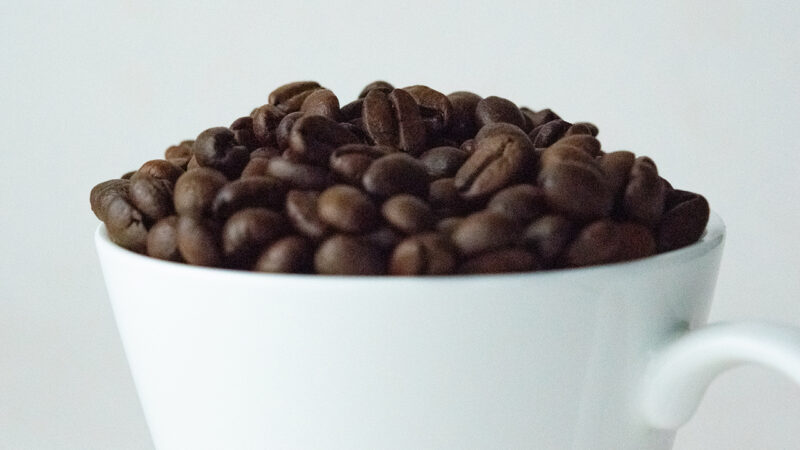
We headed to the UCC Coffee Museum on a whim as it was in the area. UCC’s drip coffee smells really good and the kokumi (こくみ, richness or depth of flavour) is just right, not too acidic or bitter.
Be aware that, coffee tasting is held at specific times at the museum! Check the website for the schedule and to find out which flavors are being offered.
If you miss the coffee tasting, you can always either buy some from their cafe or the museum shop. Coffee aficionados should definitely visit this coffee museum in Kobe at least once. Beyond the coffee, the technical details of coffee plant seasons in the interactive exhibits are also very stimulating.
There were so many interesting facts I never knew about the coffee plant. For example, the flowers of the coffee plant are white. You can challenge the quiz they have in the museum to get a Dr. Coffee Certificate. Not to worry, they have the questions in English as well.
I think the most interesting fact I’ve learned that day is about the coffee belt. The coffee plant is grown only between the Tropic of Cancer and the Tropic of Capricorn, which points to warmer countries – but does not include Japan! The coffee plant is also rather sensitive to climate changes, so coffee may become scarce in the future.
 0
0

